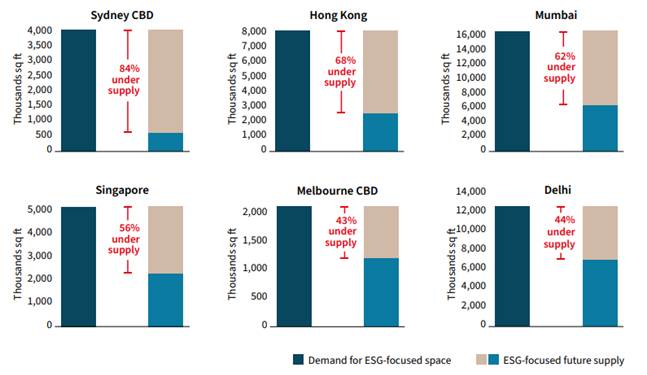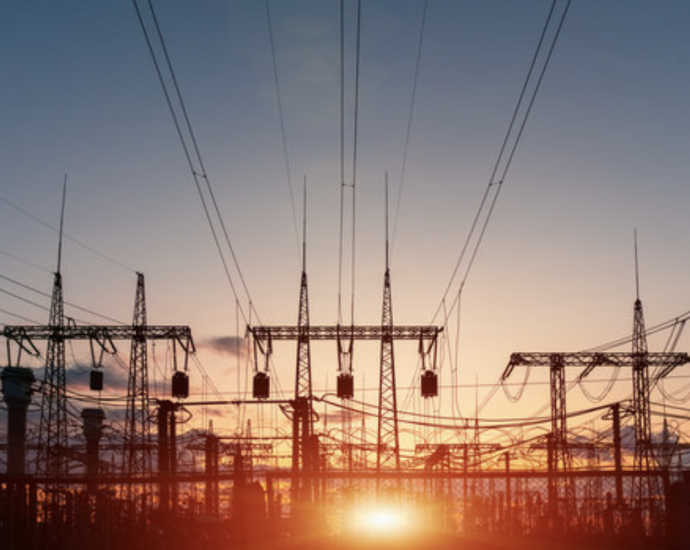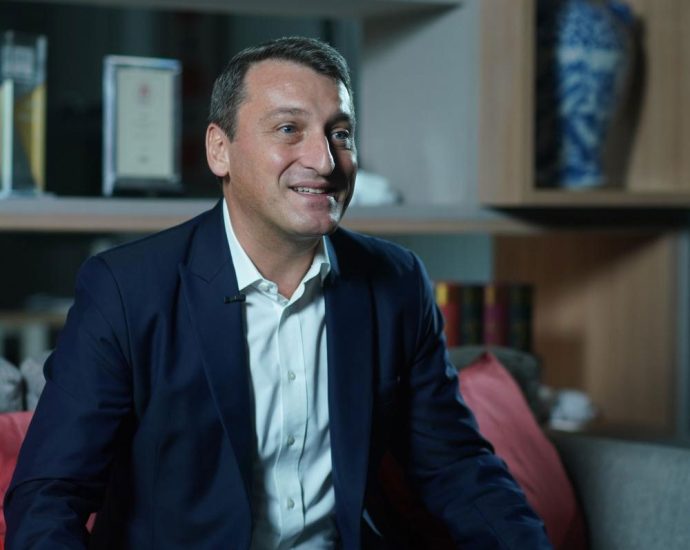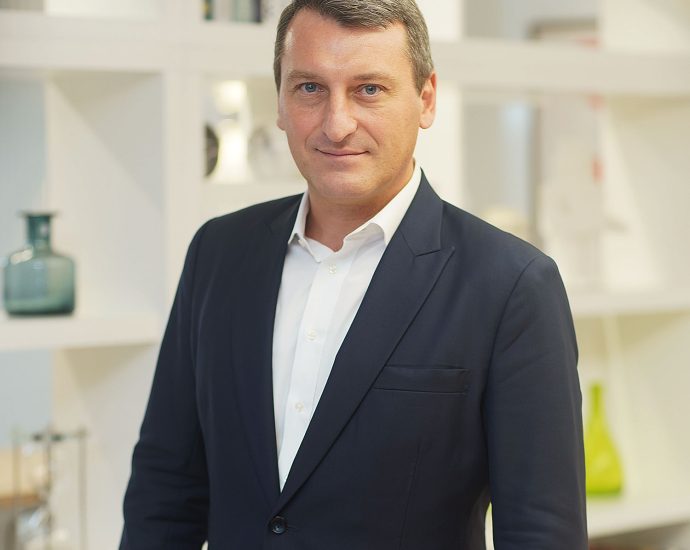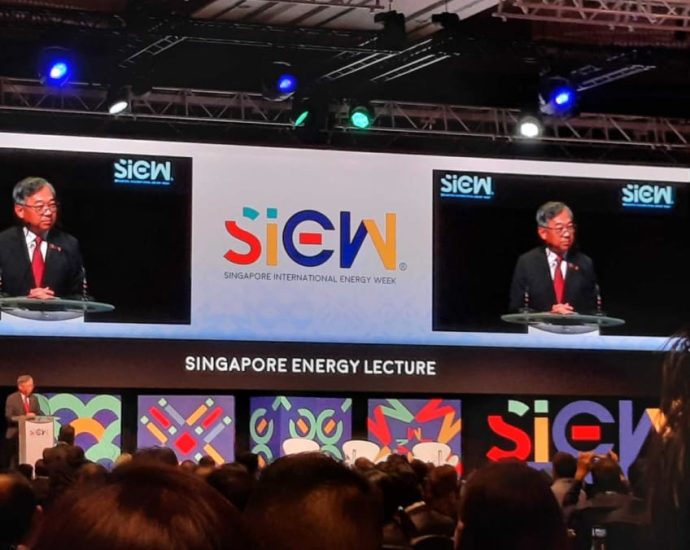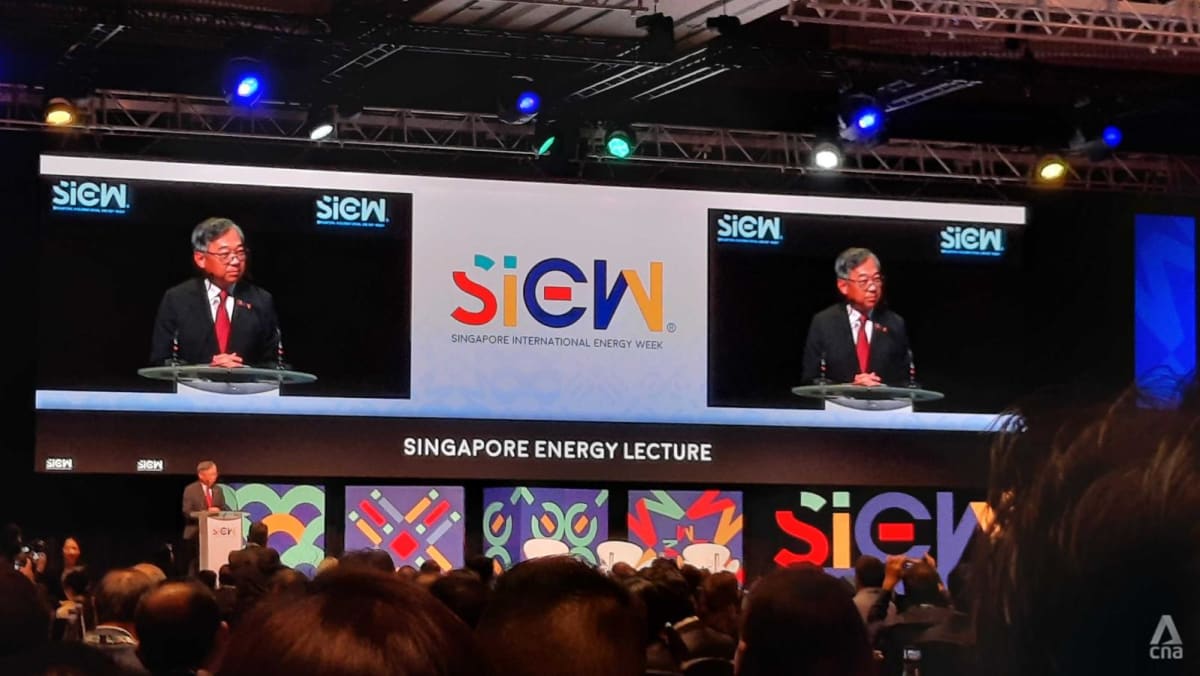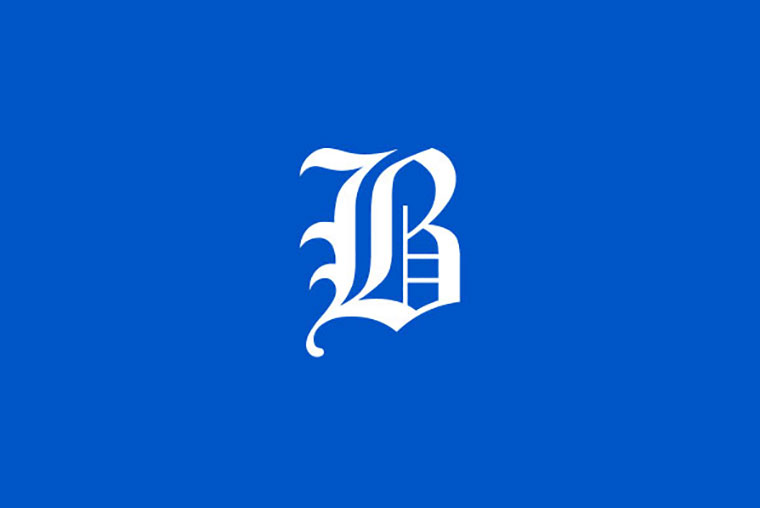Saraburi gets green model city boost
Interior minister says province’s large cement industry supports drive to cut emissions
PUBLISHED : 1 Nov 2023 at 17:46

Saraburi will be promoted as the country’s first low-carbon, climate-friendly model city under a new public-private partnership (PPP), according to Interior Minister Anutin Charnvirakul.
The project will be a showcase for greenhouse gas emission reductions in line with the country’s pledge to achieve carbon neutrality by 2050 and net zero greenhouse gas emissions by 2065, Mr Anutin said on Wednesday.
Saraburi is a major cement production centre, so creating a low-carbon city would be challenging, he said, adding that if the project succeeds, it could be emulated in other provinces.
The Thai Cement Manufacturers Association (TCMA), which initiated the Saraburi sandbox, will work with the province and state agencies.
“I hope to see Saraburi become one of the leading green economic provinces in the country,” said Mr Anutin.
“The most important thing is the cooperation of all cement manufacturers because their businesses cause environmental issues. We need the governor to push the project and help eliminate any obstacles.”
The project also needs support from civil society groups and local residents, he said, adding that developing more environmentally friendly industry would also help boost the local economy.
The Office of the National Higher Education Science, Research and Innovation Policy Council (NXPO) will act as the coordinator for the development of a Climate Technology Centre under the UN Framework Convention on Climate Change, said NXPO president Kitipong Promwong.
With financial support, technology and international cooperation, Thailand will be able to lower greenhouse gas emissions to below its nationally determined contribution by 40% by 2030, he said.


